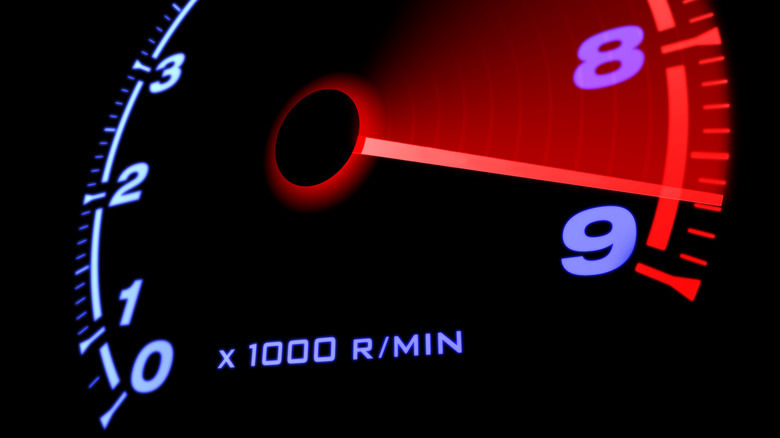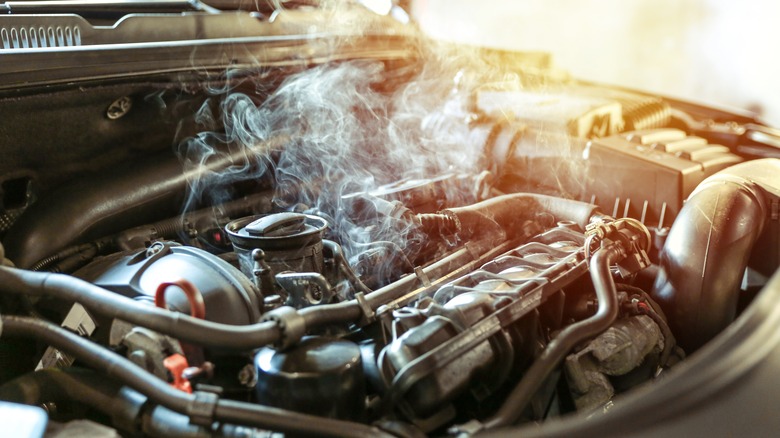
Enot-poloskun/Getty Images
Chances are you’ve heard the term «redlining» before, either in reference to driving, video games, a Saturn SUV from the 2000s, or maybe even the 2007 drag racing movie, «Redline.» But what does the term actually mean?
Advertisement
Context and inference do most of the heavy lifting here, but basically, redlining refers to the act of pushing a vehicle’s engine hard enough that the RPMs (revolutions per minute) push the needle on the dashboard tachometer into the red and keep it there. This can be caused by reaching speeds a car isn’t intended to handle, a failure to shift to a higher gear when accelerating, or even just revving the engine in neutral. It’s also something that some believe helps to clear various gunks and buildups from the engine.
Exactly how high the RPMs have to be for an engine to redline depends on the make, model, year, fuel, etc., but every engine has its limits. And as you might have guessed, pushing an engine to and keeping it running at or past those limits (emphasis on «keeping it running») isn’t a particularly good idea.
Advertisement
How bad is it?

Petr Smagin/Shutterstock
Hitting your engine’s redline briefly — such as when getting up to speed on the highway or simply listening to the sounds it makes — is nothing to be concerned about. It’s maintaining that redline for extended periods of time that can cause damage.
Advertisement
Pushing an engine’s RPMs too far for too long can essentially speed run wear and tear that would normally take much longer. We’re talking about several minutes or even hours of strain at a time, which is why a few seconds here and there is no big deal. But excessive redlining can cause the engine to start overheating, and/or a loss of engine valve control leading to valve float. Neither outcome is pleasant as an overheated engine may result in expensive repairs or blow the engine completely, while valve float risks damage to the engines pistons and valves.
Fuel injection systems in modern engines are often built with a limiter intended to shut things off if the car goes too fast or the engine starts working dangerously hard, which helps to prevent the kind of redlining that leads to significant damage. However readlining too often for more than a few seconds at a time can still wear down vital components, even with modern safeties in place.
Advertisement